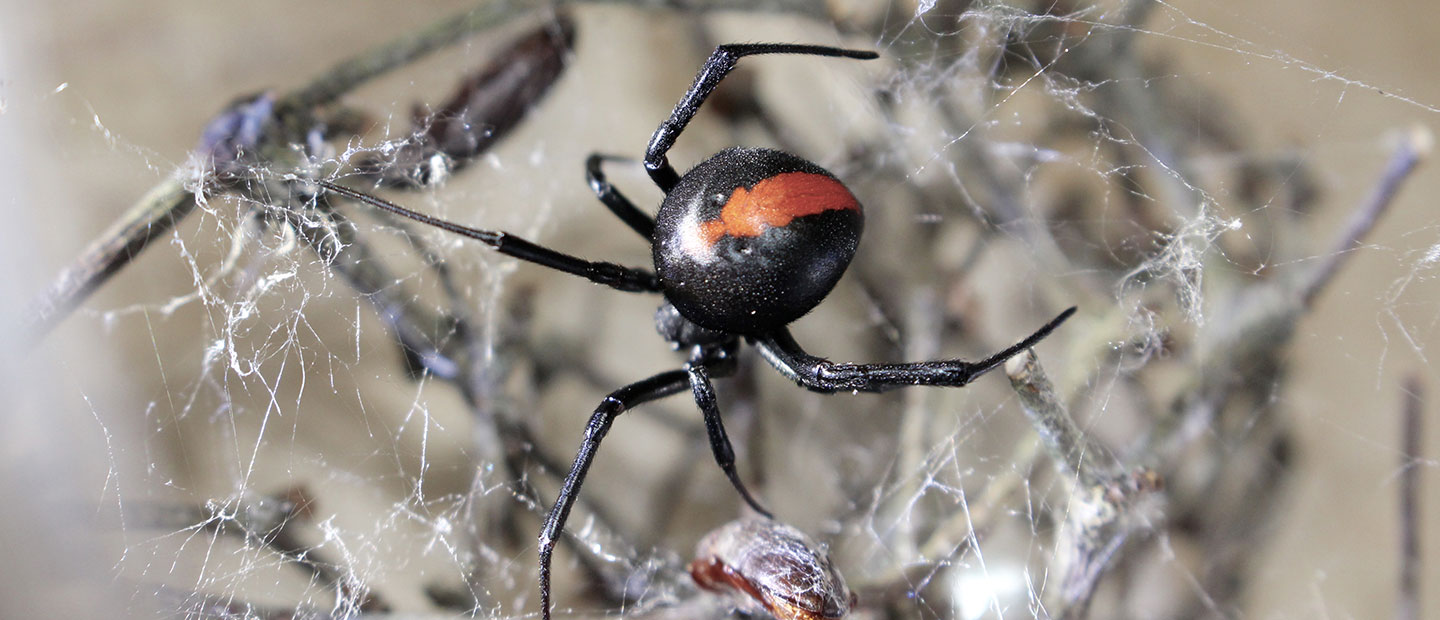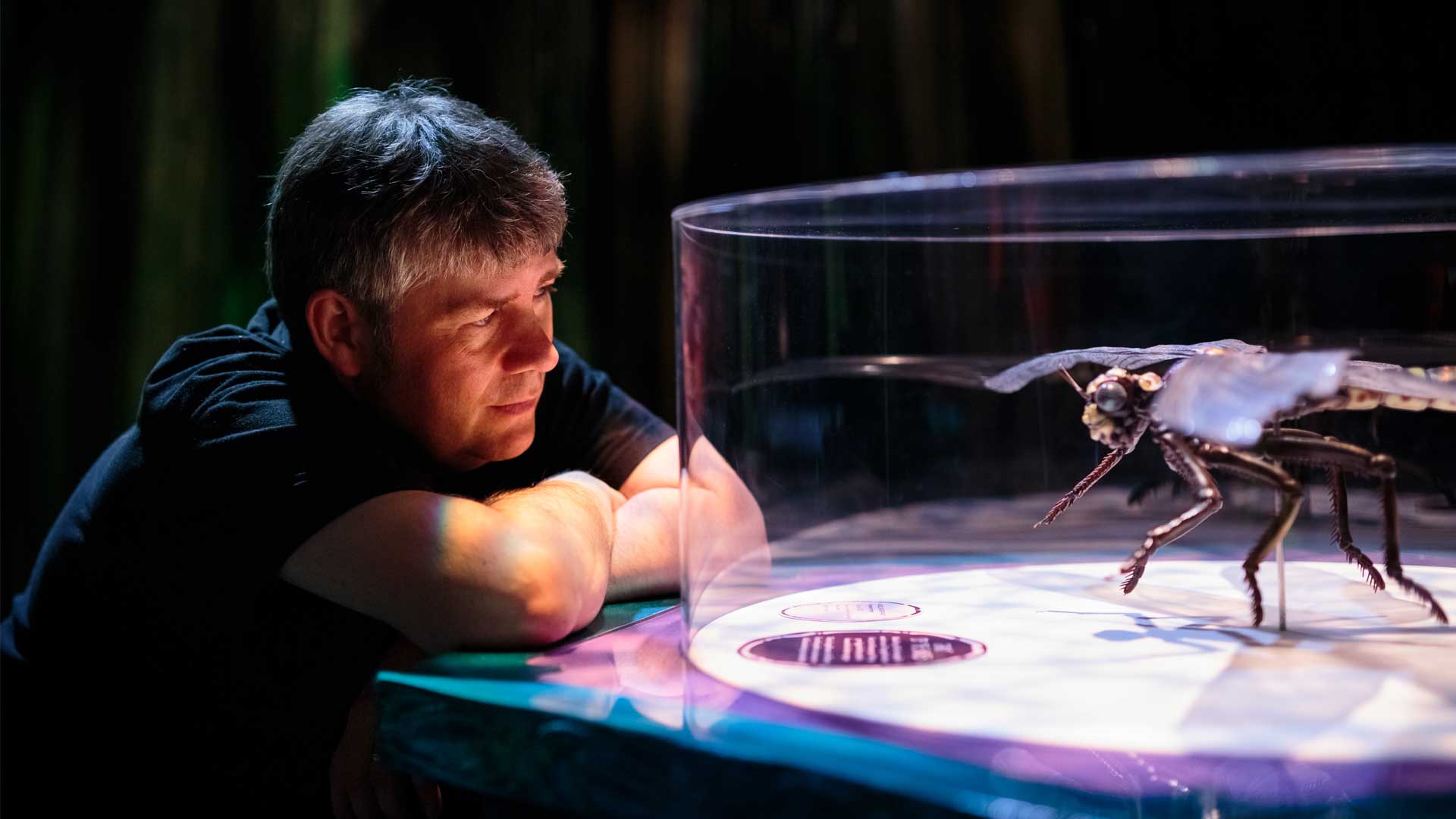Katipo can be found under driftwood and even litter like old cans, but their typical natural habitat is in the bases of native dune grasses. They can make use of introduced plants like marram grass, but eventually the plants thicken up too much and don’t allow enough room for the web. A katipo web has sticky elastic threads stretched out and anchored to the ground. Should a ground-dwelling insect like a beetle blunder into them, they snap and contract like a broken rubber band, lifting the prey off the ground and robbing it of traction. The katipo plays out silk and wraps up the suspended prey in a nice neat bundle before delivering a bite. Silk also has a role in many other aspects of the life of a katipo. During mating, the male will secrete sperm on a special web. Eggs are wrapped up like a silken ball. If the spider is moving around it will play out silk as it goes, anchoring it every so often to make a safety line. Katipo spiderlings can even use silk to disperse to new areas. They’ll release silk that’s caught by a breeze that carries them aloft, eventually depositing them somewhere else.
While silk has a long history of use by humans, its remarkable properties mean the best is yet to come. Gram for gram it’s tougher than steel, it’s biodegradable and waterproof too. Scientists have been trying to crack the code of replicating silk for years and while they can’t quite do as well as a spider just yet, that doesn’t mean there aren’t any promising developments. At Tufts University they’ve taken the goo that gets spun as silk and turned it into 3D printer bio-ink. We’ve got a number of surprising examples of things made this way in the exhibition. However, this is only the beginning. Silk has potential in a vast array of applications including medicine, construction, bulletproof vests and even lasers! And who knows what incredible properties we might yet uncover from studying spider silk? Each spider can make a range of different silk types each with their own particular qualities, and this is also different for each species. We currently know of over 47000 different spider species with many more still awaiting discovery. That’s a huge array of silk types to study and learn from.
Dr Phil Sirvid looks after the entomology collection at Te Papa and has an inordinate fondness for spiders. He is one of the swarm of people that helped develop the Bug Lab exhibition.






